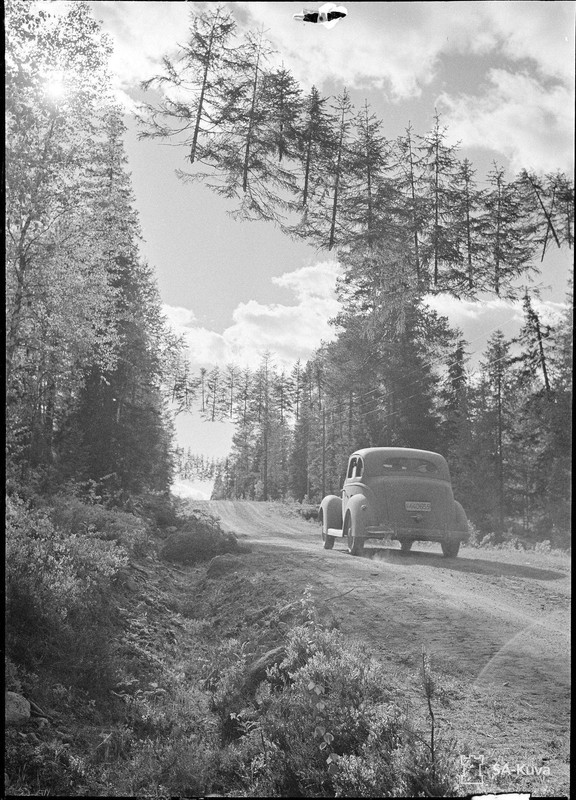
That's the most downvoted comment I've seen on Lemmy so far, cool.
Can't unsee it now
Thank you for your free and much-needed/appreciated work!
It's natural!
Damn that was quite a journey but it makes sense!
I'm not a native speaker I thought proverbial meant frequently used in a proverb/idiom
You cannot upload videos directly to lemmy. A nice workaround is uploading them to Catbox and then copying the link in the post upload page. The video will be embedded on Lemmy (no the need to be redirected to an external site)!
Hope this is useful and thanks for the good content, I wish more people started posting like you!
Daaaamn
112
Acorn woodpeckers (𝘔𝘦𝘭𝘢𝘯𝘦𝘳𝘱𝘦𝘴 𝘧𝘰𝘳𝘮𝘪𝘤𝘪𝘷𝘰𝘳𝘶𝘴) are the ultimate hoarders of the bird world
(lemmy.dbzer0.com)








